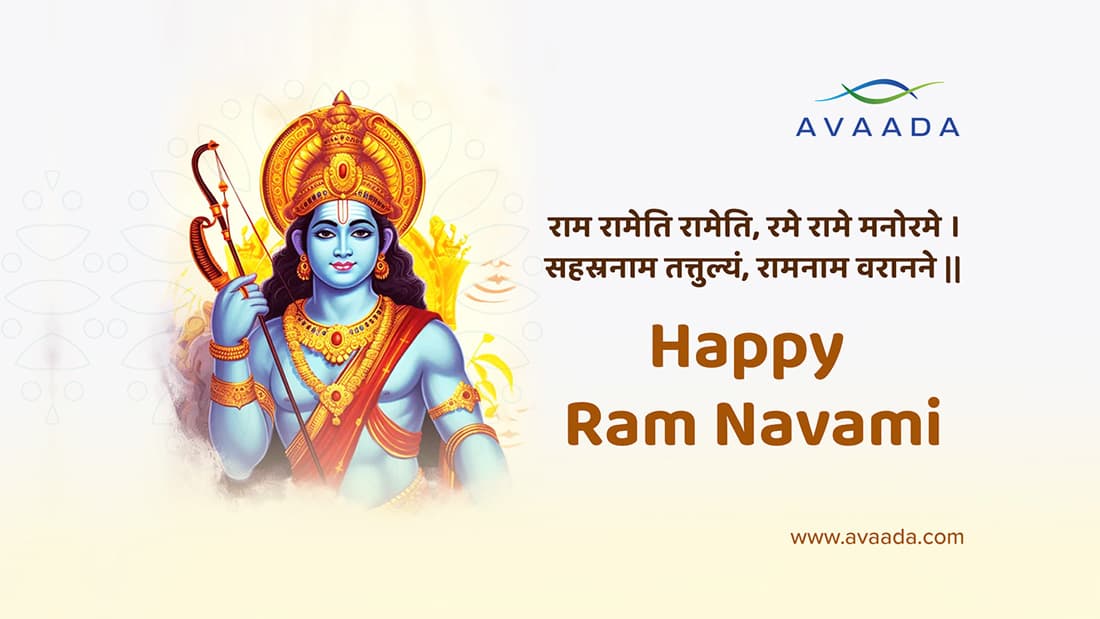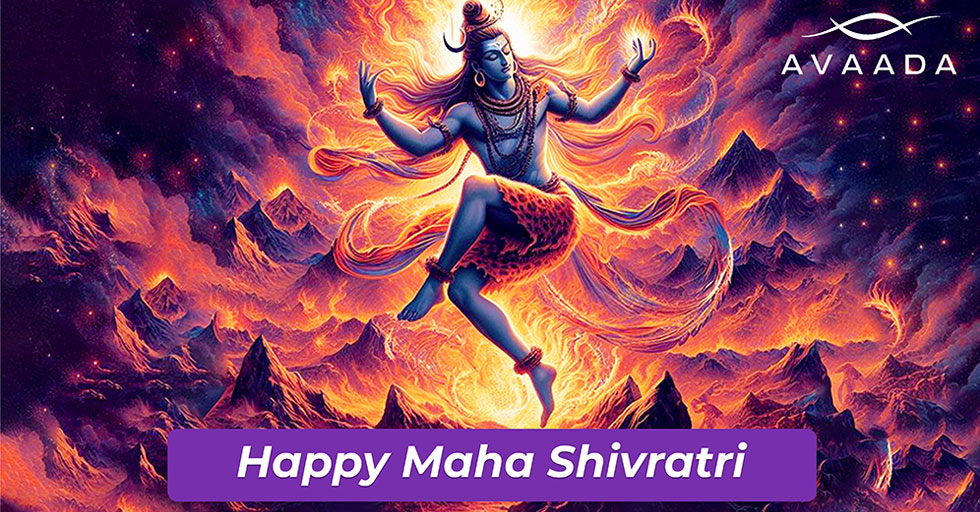The society, built around our understanding of the world, was designed to provide us with food, shelter, security & well-being for a peaceful life. Our souls were manifested for compassion, love, spiritual awakening & liberation. However, we strayed away from the path of exaltation by the way of leading a harmonious life. Man became an instrument of selfishness, lust & greed. Now, it yearns to find its way back home.
Our society, which was meant to be a blessing for our future generations, has now come to detest us. Man is restless, anxious, and unhappy- and it is our own servile attitude towards the ‘wants’ & ‘desires’ of life. We forget that life is a balancing act, and on this tight rope we must strike a balance between our desires and virtues.
But, our consciousness has the power to manifest the truth at its will- The answers we seek lie in our roots, in the golden wisdom of our ancestors, which can guide us back to home.
Concept of Purushartha: Centuries old wisdom
According to the ancient Indian texts, a human born on earth must pursue ‘Purushartha’, (पुरुषार्थ), the only way to seek truth and attain salvation.
Puruṣārtha literally means an “object of human pursuit”. It is a key concept in Hinduism and refers to the four end goals of a human life. The four puruṣārthas are Dharma (righteousness, moral values); Artha (prosperity, economic values); Kama (pleasure, love, psychological values); and Moksha (liberation, spiritual values).
- Dharma: It signifies behaviours that are in accord with the order that makes life and universe possible. Dharma includes duties, rights, laws, conduct, virtues and the right way of living. It enlists behaviours that enable social order and virtuous conduct. Dharma is that which humans must accept and respect to sustain harmony in order to create a world worth dwelling in.
- Artha: signifies “means of life”, activities and resources that enables one to be in a state one urges to be in. Artha incorporates wealth, career, and activities to make a living with financial and economic prosperity. The pursuit of Artha is an important aim of human life in Hinduism.
- Kama: It encompasses desires, wishes, passions, emotions, and pleasure of the senses. In other words, the aesthetic enjoyment of life, affection, and love- with or without sexual connotations comprise of Karma. Kāma is “love” without violating dharma (moral responsibility), Artha (material prosperity) and one’s journey towards Moksha (spiritual liberation).
- Moksha: Emancipation & liberation from the cycle of mortality by cultivating virtuous values through meditation forms the basis of Moksha. In some schools of Hinduism, Moksha connotes freedom from saṃsāra, the cycle of death and rebirth. In other schools, Moksha connotes freedom, self-knowledge, self-realization and liberation in this life.
Relative Importance of Goals:
According to Kautiliya’s Arthashastra, artha is the foundation for two goals: Dharma and Kama. Without prosperity and security in the society or at individual level, both moral life and sensuality becomes difficult. Poverty breeds vice and hatred, while prosperity breeds virtues and love.
Kautilya also adds that all three are mutually connected, and one should not cease enjoying life, nor virtuous behaviour, nor the pursuit of wealth creation. However, Excessive pursuit of any one aspect of life with complete rejection of the other two harms all three- including the one that is excessively pursued.
Moksha: the ultimate end or the ultimate beginning?
In Hinduism, Moksha is considered as the ‘parama-puruṣārtha’ or the ultimate goal of human life. Indian scholars recognized and debated, on one hand, the inherent tension between renunciation and Moksha, and on the other, active pursuit of Kama and Artha. This conceived the concepts of Pravrtti (प्रवृत्ति, Pravritti) and Nivrtti (निवृत्ति, Nivritti). The former means giving or devoting one’s self to external action, while the latter means withdrawing and restraining one’s self from external actions in order to focus on one’s own liberation. Both are considered important in Hinduism.
“Action must be taken because it is Dharma, that is, it is good, virtuous, right, a duty and a moral activity, and not because of one’s craving for the results or material rewards.”
This idea of a “craving-free, dharma-driven action” has been called ‘Nishkam Karma’ in the Bhagavad Gita. In fact, Karma-Yoga, a spiritual path based on ‘Yoga of Action’, advocates the same. It is about performing our duty the right way without thinking about ourselves, and even the results. This can be only attained when one overpowers his/her ego. Only then the attachments & desires can be decimated and the right outcome manifests.
Whatever we have today- big or small, trivial or vital, cheap or expensive, rare or abundant, is the result of Karma Yoga of those around us. The clothes we wear, the food we eat, the car we drive, the knowledge we attain and the joy we derive from these things. We are actually a big family where we work to make each other’s lives better. But, do we see the world like that anymore?
If we begin our day with the simple principles of life, orient our minds towards Karma Yoga to benefit others selflessly and take joy in the simplest things in life, salvation shall be found. We are all just a thought away from making this a reality!








